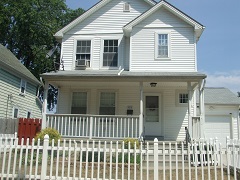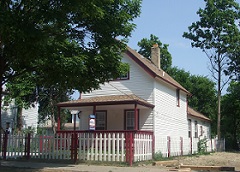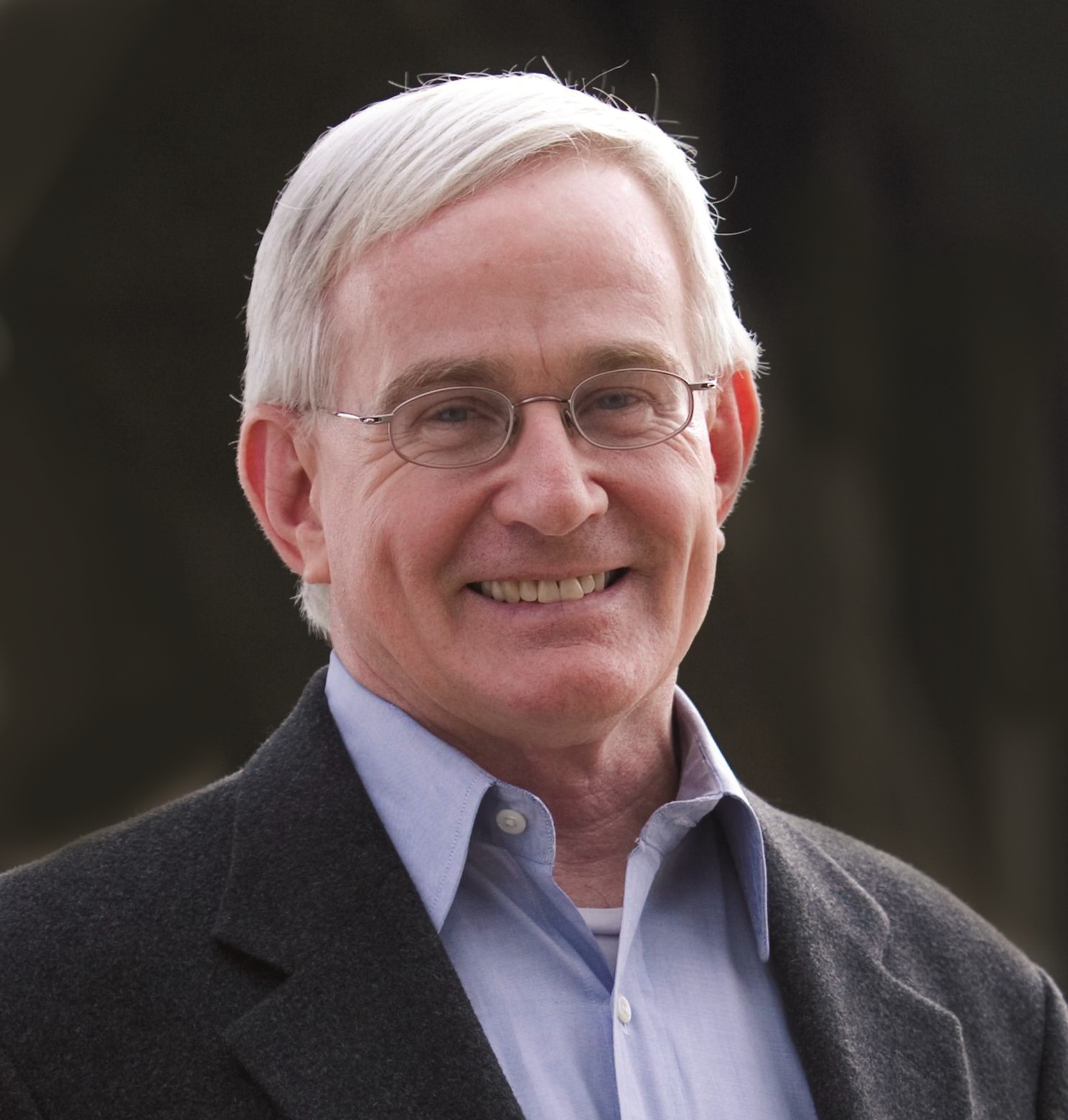 Pictured from left: Jason Warner, Sheldon Johnson, Alex Highley, Meg Montgomery, Torey Hollingsworth, Jon Honeck, Alison Goebel, and John Collier
Pictured from left: Jason Warner, Sheldon Johnson, Alex Highley, Meg Montgomery, Torey Hollingsworth, Jon Honeck, Alison Goebel, and John Collier
Dear Friends,
From everyone at the Greater Ohio Policy Center, we wish you a safe and enjoyable holiday season!
Throughout 2016, GOPC has been a leader in championing revitalization and sustainable growth in Ohio, ensuring the state is equipped with policies and practices that create robust cities and regions. With so much happening around Ohio, the past twelve months have proven to be busy and rewarding for GOPC in equal measure. We introduced Alison Goebel as our new Executive Director following the departure of Lavea Brachman, and in conjunction with this smooth transition, we achieved many important goals and started planning for even greater success next year. In 2016, we:
- Published original research reports on many critical revitalization issues in Ohio, including:
o Akron Urban Health and Competitiveness Report finds that Akron is at a crossroads for further growth and economic development. This work received extensive coverage from news media, including Akron Beacon Journal, Cleveland Plain Dealer, and WCPN
o Transportation Modernization Memos analyze strategies that improve multimodal transportation and underscore the outsized economic benefits of implementing policies that support all modes
o Credit Gaps in Opportunity Neighborhoods assesses redevelopment needs and highlights the barriers to revitalization in many of Ohio’s opportunity neighborhoods
o Green Infrastructure for Stormwater Control analyzes grey and green water and sewer infrastructure and highlights modern, cost-effective strategies for maintaining aging stormwater systems
o Ohio’s Small and Mid-Sized Legacy Cities highlights the serious economic and demographic challenges facing smaller legacy cities - received extensive coverage from news media, including WKSU Chillicothe Gazette, and Youngstown Business Journal
- Hosted a successful Webinar, attended by over 150 people, examining how Ohio’s smaller legacy cities from Akron to Zanesville have fared over the past 15 years
- Presented our work at over 25 conferences and meetings in Akron, Baltimore, Cincinnati, Cleveland, Columbus, Dayton, Marietta, Toledo, Washington DC, and Youngstown
- Testified at the statehouse on state policy on issues concerning revitalization including active transportation, foreclosure reform, and brownfield redevelopment
- Launched brand new Water and Sewer Infrastructure and Smaller Legacy Cities web resources with up-to-date news, original research, and previews of upcoming reports
Coming in 2017…
In 2017, we will build on this momentum and to continue to underscore the importance of Ohio’s cities as the economic drivers of the state. With partners from around the state and nation, we look forward to continuing to research and advocate for policies that revitalize neighborhoods, diversify transportation systems, modernize water and sewer infrastructure, and build strong cities and regions in Ohio.
We can’t wait to host our 2017 Summit, Investing in Ohio’s Future: Maximizing Growth in our Cities and Regions on March 7th & 8th in Columbus. The Summit will explore best practices in financing and accelerating comprehensive and sustainable growth in communities throughout Ohio. We are meticulously planning an exciting and informative event that we predict will be our best Summit yet. We hope you join us!
If you believe in creating vibrant, sustainable cities and regions in Ohio, we invite you to support GOPC with a year-end contribution. We are grateful for your support.
Warm wishes for 2017,

Alison Goebel and the Greater Ohio Policy Center Team











